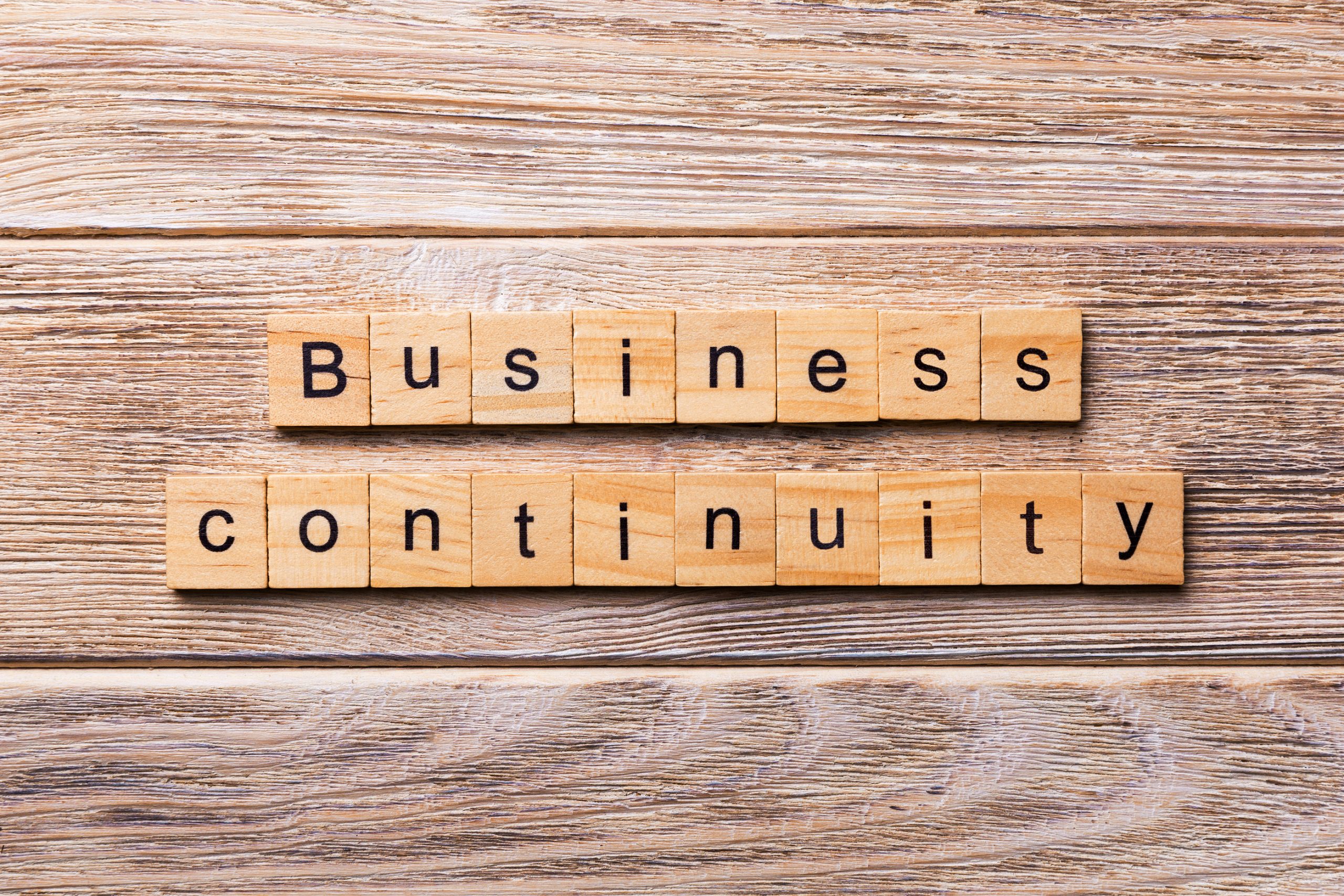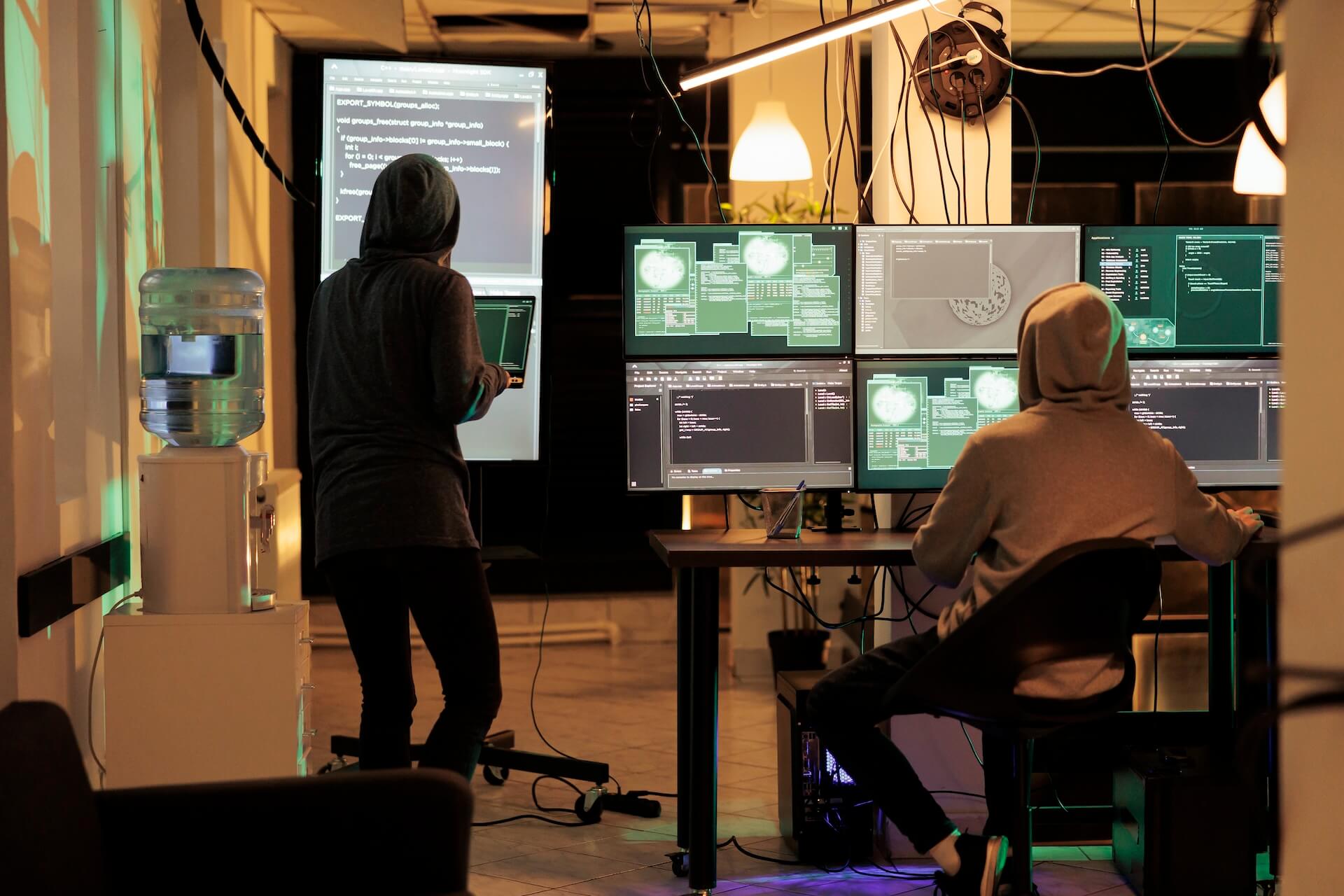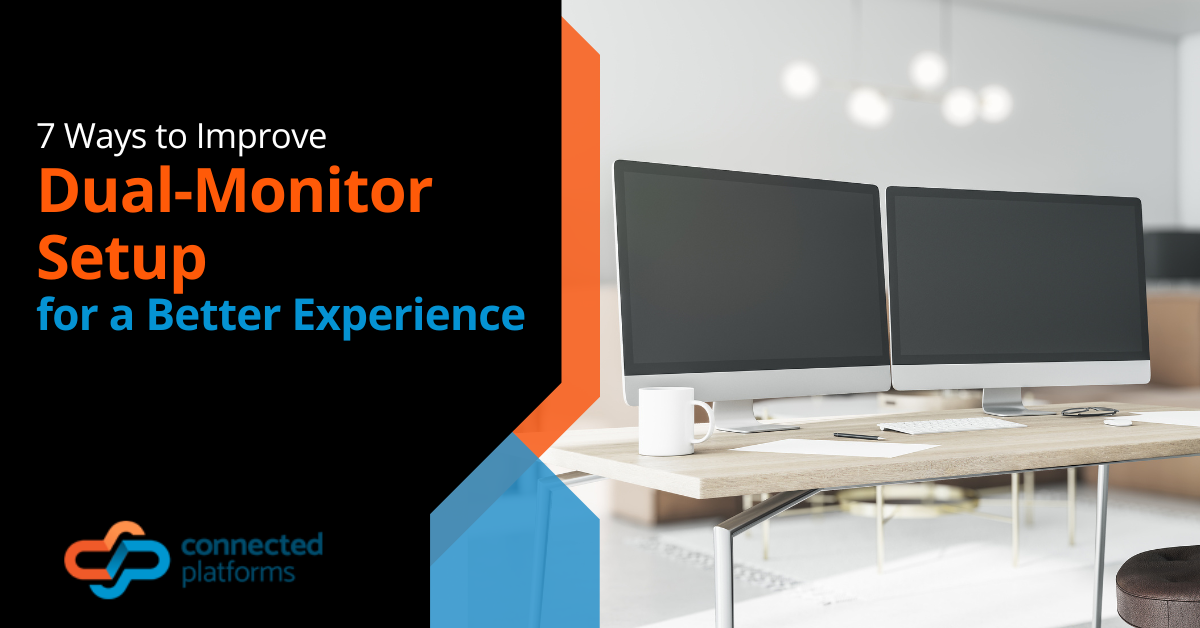Has your business properly prepared its IT business continuity plan? When it comes to disaster preparedness, prior to the COVID-19 pandemic, businesses that were properly prepared would typically create a “plan B” for things like data breaches, ransomware attacks, and natural disasters. But most didn’t envision a global pandemic and the unique set of circumstances that would bring. Such as needing to have employees work from home for an extended period of time or the need to transition their company to serving customers fully remotely.
Some of the changes that companies incorporated over the weeks during shutdown for business continuity were to adopt virtual conferencing to replace face-to-face interactions and adoption of communication platforms like Microsoft Teams to keep their employees connected and on task.
Surveys show that approximately 72% of employees worked from home during the midst of the pandemic as compared with 34% before it began.
Many Brisbane area companies were unprepared for the type of business disruption caused by the coronavirus. Even many of those that did have IT business continuity plans did not have pandemic response included.
Now that the immediate turmoil has passed, companies have adjusted to the pandemic disruption, and are planning to reopen businesses soon, it’s time to ensure you’re prepared when the next pandemic comes.
Guide to Add Pandemic into Your IT Business Continuity Plan
Business continuity and disaster planning is all about keeping your business running in the face of risk. This can include something as simple as having a good backup and recovery system in place to thwart a ransomware attack.
Another scenario would be purchasing a generator to keep your building powered in the case of an extended power outage.
When it comes to adding pandemic response into your business continuity plan, there are multiple factors to consider. Following, is a guide to give you a head start so the next time a major outbreak happens (or if COVID-19 comes back), you’ll have a response plan that minimises business disruption and emergent costs.
Have a Full Cloud Infrastructure in Place
It was quite evident during the pandemic, that a cloud infrastructure is vital to keeping employees connected to work, files, customers, and each other.
Some companies were caught off guard, only having some of their systems cloud-based, with others – like phone systems – being tied to their premises. This caused them delays and unexpected costs as they worked to quickly put workarounds in place that allowed their company to run fully remotely.
You should ensure that as many facets of your business as possible can be run from any location, this includes things like:
- Cloud based accounting software
- Video conferencing and team communication apps
- Virtual desktops that can make non-cloud software, cloud accessible
- VoIP phone systems that keep phones operational if your main office is closed
Institute Remote Work Security
Most businesses around the world had to send workers home to work remotely during the pandemic. They did this without much time for planning remote IT security.
And just as data was being accessed remotely from less secure networks, phishing was on a huge upswing, with scammers taking advantage of the pandemic.
Some of the things that companies will want to incorporate into their pandemic preparedness plan would be:
- Having a business VPN account ready for remote or mobile employees to use
- Ensuring devices used by employees telecommuting have antivirus, patch updates, etc.
- Having a remote work security checklist ready to give employees
- Using an endpoint device manager to secure remote access to company resources
Plan for Alternate Customer Contact/Sales
One example of a clever transition by a pizza restaurant when the pandemic closed their location was to create “bake at home” pizza kits that they sold with the ingredients they had on hand.
When it comes to how you serve your customers and bring in revenue, you’ll need to come up with a plan that considers a pandemic atmosphere when your only connection is an online one.
This can include instituting online sales and shipments for items you normally sell at a retail location, or instituting things like “curbside” service and fully online meetings.
The time to test these systems is before another crisis happens, so once you come up with a plan B for serving customers during a similar extended lockdown, make sure to test it out to work out any kinks before you have to use them.
Have Instructions & Signage Ready
When you’re in the midst of a crisis and have to send your workforce home unexpectedly, you have little time to properly prepare. So informational guides and handbooks on things like how to access company resources safely or setup a workstation at home might not be available.
You’ll want to prepare these ahead of time as well as any needed signage regarding business changes during a pandemic and once you reopen (i.e. social distancing guidelines).
Put all these together in advance and include in your business continuity plan how and when they’re deployed and who is responsible.
You can get a head start on these by utilizing several resources offered by Safe Work Australia.
Put Everything You’ve Learned into Your IT Business Continuity Plan
One of the best practices of business continuity planning is to do a post-crisis debrief and evaluation. Look at everything you’ve done during the pandemic shutdown, what went wrong and what went right.
Include what you’ve learned in your pandemic planning while it’s fresh in everyone’s mind.
Get Expert Help for Business Continuity & Disaster Recovery Planning
You have a business to focus on! Let our small business IT support Brisbane team from Connected Platforms help you with a full IT business continuity plan that will include pandemic response as well as preparedness for multiple other scenarios so your business is protected.
Contact us today for a free consultation. Call (07) 3062 6932 or book a coffee meeting




